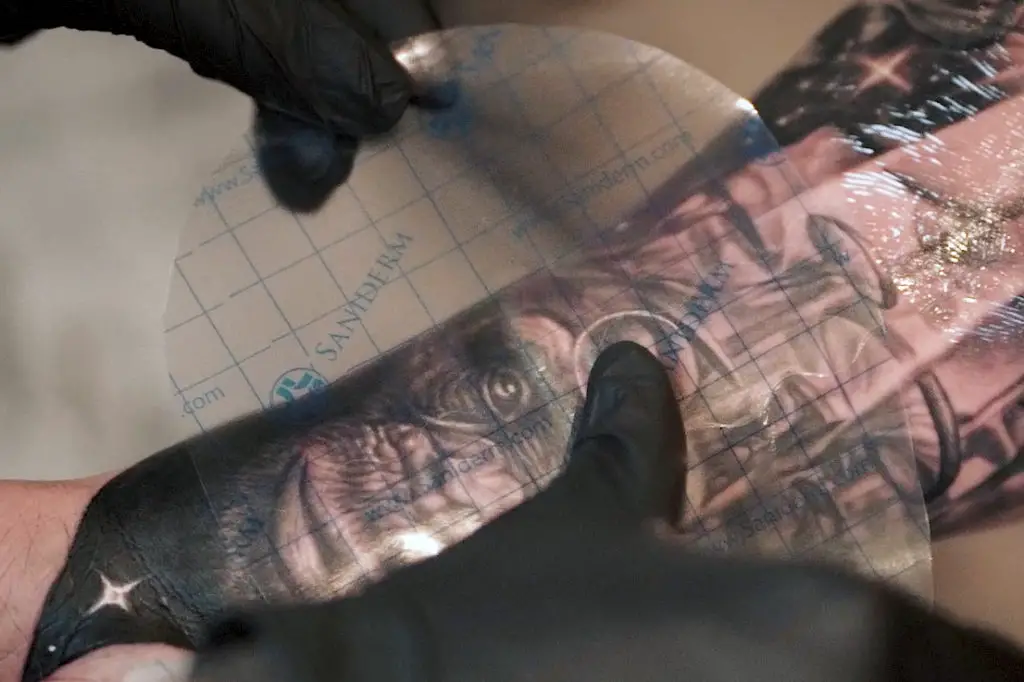In a previous post, we discussed all the essential gear for an EMS provider. In this post, we will briefly discuss the gear from the previous post and whether you would be required to buy it or if it would be provided by the EMS service you work for.
Before we begin, it should be noted that this is based on the experience of an advanced EMS provider (paramedic) who worked for a mid-sized urban fire and EMS service, serving a population of over one million.
However, every department is different. Some departments simply do NOT have the funds in their budget to provide their EMS personnel with everything they need.
As an EMS provider, this should be a conversation you have with your service during the interview process. That way when you start working, there are no surprise costs that pop up unexpectedly. The end of each section below has either “you buy it” or “they provide it”.
A flashlight
Most EMS services will provide either a headlight type flashlight that the driver of the ambulance can use, and sometimes other small flashlights stored in the back of the ambulance. In many cases, these are for emergency situations only (ironic to say on an ambulance, I know) and really shouldn’t be used on every call. So, for a flashlight, we are going to say you buy it.
A penlight
Most, if not all, EMS services will provide pen lights somewhere in one of the trauma or gear packs. However, these are usually cheap, break easily, and the batteries run out quickly on them. It would be best for you as the EMS provider to bring your own pen light to work, use it on your shift, and take it home (after cleaning it) with you. So, for pen light, we are going to say you buy it.
A Stethoscope
Most EMS services will have at least one stethoscope on the ambulance, either in the back somewhere or stored in one of the jump or trauma bags. But these are usually very cheap stethoscopes of minimal quality. In a pinch, they will work just fine, but if you want to be able to hear the blood pressure you’re obtaining or lung sounds you are listening to, you will need to purchase yourself a decent stethoscope. Check back on our other posts, we have an entire post about buying stethoscopes. So, for a stethoscope, we are going to say you buy it.
A watch
While a watch is a standard piece of equipment for the EMS provider, no service is going to give you one. This is one is a definite you buy it.
Small portable pulse oximeter
A pulse oximeter will be attached to your cardiac monitor, and you will be able to utilize that for your shift. Purchasing a small, portable finger pulse oximeter that you can carry is NOT necessary. However, if you read the previous post on essential EMS gear, there a discussion of why you might consider buying and carrying one. But there is a pulse oximeter on the ambulance for you to use, so this one they provide it.
Blood Pressure Cuff
In your ambulance, both a manual blood pressure cuff and an automatic blood pressure cuff should be provided by your EMS service. Make sure you know where both are located, in case one of them fails. Again, the essential EMS post discusses reasons why you MIGHT want to purchase these, but they will be provided by your service. So, for both a manual and automatic blood pressure cuffs, they provide it.
Trauma Shears
The EMS service you work for will surely provide a few pairs of trauma shears. These are supposed to remain on the ambulance and if you do carry them with you, you should return them at the end of your shift. With that being said, we would still recommend that you purchase your own pair as commonly the shears that services provide are cheap in nature. So, with that being said, this is a you buy it.
Notepad and pens
While both things are considered very critical pieces of equipment in the EMS world, the service you work for will not provide them. The best you might get is the shift before yours leaving a pen or two behind that you can use. Otherwise, pens and small notepads are considered items you will need to provide, so you buy it.
EMS Pocket Guide
EMS services will sometimes provide pocket guides, but they are usually geared towards that particular department’s procedures and protocols. An EMS pocket guide is full of a ton of helpful information that any EMS provider would be able to utilize. We recommend you buy a pocket guide for yourself, as EMS services rarely provide them, they probably wouldn’t be in the best shape or the most updated. So, this is a you buy it.
EMS pants and EMS boots
While a portion or part of your uniform might be provided by your EMS service, such as your shirt, polo, sweatshirt or jackets, EMS pants and EMS boots would both be essential pieces of your gear that you would be required to buy. Make sure you refer to the essential EMS gear post for advice on what to look for with EMS pants and boots. This is also a you buy it.
Final Thoughts
As you can see from the above items, you will be required to purchase quite a bit of equipment for your job working in EMS. Just like any job, some equipment will be provided, and if you have budget concerns, you can get by using their equipment for some time. But we recommend, once you start working, to prioritize and budget accordingly so that you purchase all the gear you need to be a successful EMS provider. Good luck and stay safe out there!




